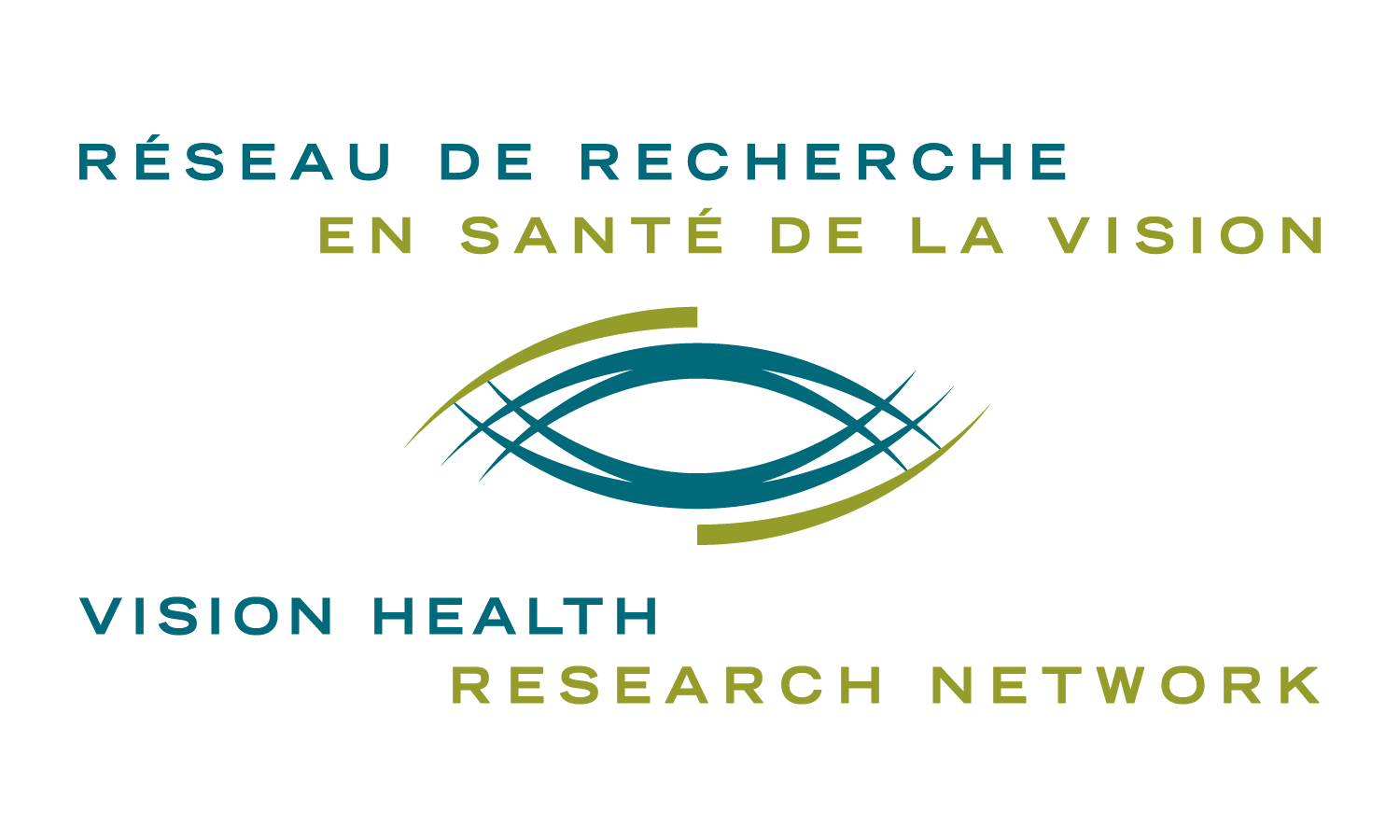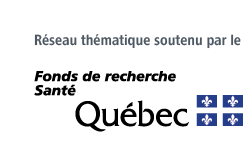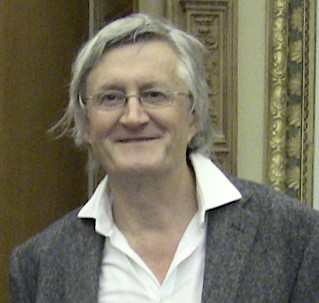20-21 Virtual Meetings Guest Speakers
Decembre 4 2020
PLENARY SPEAKER – Retina and Posterior Segment Axis
David Attwell, PhD
Jodrell Professor of Physiology
University College London, United Kingdom
David Attwell did a first degree in physics and a PhD on the electrophysiology of nerve and muscle cells (with Julian Jack) in Oxford, before spending 2 years in Berkeley studying the retina with Frank Werblin. On returning to the UK, he moved to the Department of Physiology at University College London, where he has remained ever since.
He has worked on a wide range of subjects including the properties of glial cells, glutamate transporters, stroke, the formation of myelin by oligodendrocytes, how neuronal computation is powered and the control of cerebral blood flow. He was made a Fellow of the Royal Society in 2001.
Title: The role of pericytes in brain and retinal ischaemia and Alzheimer’s disease
Abstract: Brain and retina blood flow is regulated to ensure adequate power for neuronal computation. Blood flow is increased to areas where neurons are active, and this increase underlies non-invasive brain imaging using BOLD fMRI. Blood flow is controlled at the arteriole level by smooth muscle, but there is controversy over whether it is also regulated by pericytes at the capillary level. I will demonstrate that neuronal activity mainly increases cerebral blood flow by dilating capillaries via pericytes, that this involves signalling via astrocytes, and that dilation of capillaries and dilation of arterioles are mediated by different messengers. Ischaemia leads to pericytes constricting and dying, thus producing a long-lasting decrease of blood flow, making pericytes a therapeutic target in stroke. I will show that similar events occur in Alzheimer’s Disease.
JANUARY 29 2021
PLENARY SPEAKER – Visual Impairment and Rehabilitation
Aurélie Calabrese, PhD
Junior Scientist
Université Côte d’Azur, Inria, Equipe Projet Biovision, Sophia Antipolis, France
Aurélie Calabrèse is a psychophysicist specialized in visual neuroscience with a strong clinical expertise. Her research focuses on understanding the underlying factors of the reading deficit induced by central visual field loss (CFL), with the will to enhance further the current methods for diagnosis, rehabilitation and assistive technology. After her PhD graduation in 2011 from Aix-Marseille University (France), she joined the Laboratory for Low-Vision Research for a 5-year post-doc (University of Minnesota, USA), followed by a 2-year post-doc in the Laboratory of Cognitive Psychology (CNRS – Aix-Marseille University).
In 2019, she joined Inria’s Biovision team as a junior scientist. Recently, she has been investigating how psycholinguistic properties of text can influence reading with degraded vision.
Title: Automated text Simplification as a reading aid for low-vision individuals
Abstract: Supporting the development of new and more effective assistive technology to help low vision is an important and timely issue, with massive potential implications for social and rehabilitation practices. In this presentation, I will introduce text simplification as a potential reading aid to help improve reading performance for individuals with Central visual Field Loss (CFL). First, I will introduce the concept of text complexity, explained from a psycholinguistic point-of-view. I will also demonstrate how it can be relevant to research on reading with maculopathies. Then I will present a series of experiments that investigate what makes a text especially complex when reading with CFL, by assessing the effect of lexical properties on reading speed. We will focus on three word properties: frequency, orthographic similarity and length. I will conclude on the relevance of this work to design text simplification tools, customized to this specific needs of CFL readers, to be used as an efficient reading aid.
MARCH 26 2021
PLENARY SPEAKER – Cornea and Anterior Segment

James Chodosh, MD, MPH
Edith Ives Cogan Professor of Ophthalmology
Massachussetts Eye and Ear – Harvard Medical School, United States
James Chodosh, MD, MPH is the Edith Ives Cogan Professor of Ophthalmology, Harvard Medical School (HMS). He serves as Vice Chair for Education, Director of Diversity and Inclusion, Associate Director of the Cornea and Refractive Surgery Service, Associate Director of the Infectious Disease Institute, Director of Boston Keratoprosthesis, and Director of the Ocular Burn Service at Mass. Eye and Ear, an HMS affiliate. He is also a member of the HMS PhD Program in Virology.
He completed his residency in Ophthalmology at Baylor College of Medicine, clinical fellowship in Corneal Diseases at the Bascom Palmer Eye Institute, postdoctoral research fellowship in Virology & Molecular Biology and Infectious Diseases at St. Jude Children’s Research Hospital, and Masters of Public Health degree at the University of Oklahoma.
He is a recipient of the Alcon Research Institute Award, and four awards from Research to Prevent Blindness. He served as Chair of the Anterior Eye Disease NIH Study Section, on the National Advisory Eye Council for the NIH, and is currently Chair of the FDA Dermatologic and Ophthalmic Drugs Advisory Committee.
Dr. Chodosh has published over 300 peer reviewed papers and book chapters, and is co-Editor-in-Chief of the British Journal of Ophthalmology. He has personally trained over 60 clinical cornea fellows. He is internationally known and respected for his work on viral genomics and pathogenesis, and his basic research program has been continuously funded by the NIH since 1996. He is the senior author for the American Academy of Ophthalmology web pages on COVID-19, which have garnered over 1.5 million views. His primary clinical interests include infectious eye disease, ocular chemical injury, Stevens Johnson syndrome, and the
Title: COVID-19/20/21 and the EYE
Abstract: In addition to the tragic loss of life, stoppages in clinical care, and damaged local and national economies, the COVID-19 pandemic has spawned an unprecedented avalanche of peer-reviewed medical and scientific publications. In particular, the ophthalmic literature has been awash with COVID-19 reports. This presentation will review the spectrum of disease associated with COVID-19, with a focus on the biology of the ocular surface and the putative ocular complications of the infection.
MAY 21st 2021
PLENARY SPEAKER – Brain and Perception
Christopher Pack, PhD
Associate Professor, Department of Neurology and Neurosurgery
The Neuro (Montreal Neurological Institute-Hospital), McGill University, Canada
His lab studies the cerebral cortex, with the goal of finding out how neurons communicate information about the visual world. Dr Pack uses microelectrode recordings to listen to individual neurons as they talk to their neighbors. These conversations are a type of code, in effect the software that makes the brain’s hardware capable of vision. Part of this code can be understood in a straightforward way if one knows the statistics of the visual input; the relationship between these statistics and neural activity can be determined with computational methods.
One of the goals of this research is to develop a quantitative understanding of how these different aspects of neural activity relate to memory, perception and behavior. They are particularly interested in the ways in which subjects use eye movements to scan their surroundings.
Title: Cortical basis of visual learning
Abstract: Hubel and Wiesel famously showed that the plasticity of the visual system declines sharply after the “critical period”, early in life. And yet we are capable of learning to recognize new faces and places, often with very little exposure to these stimuli. In this talk, I will present data showing that cortical circuits in adult subjects can reorganize themselves in response to extensive training with specific stimuli. These data are consistent with theoretical models that suggest a “reweighting” of visual inputs in response to task demands. I will further show how the same reweighting mechanisms can support the kind of very rapid learning that happens in everyday settings.





